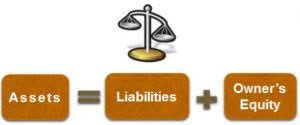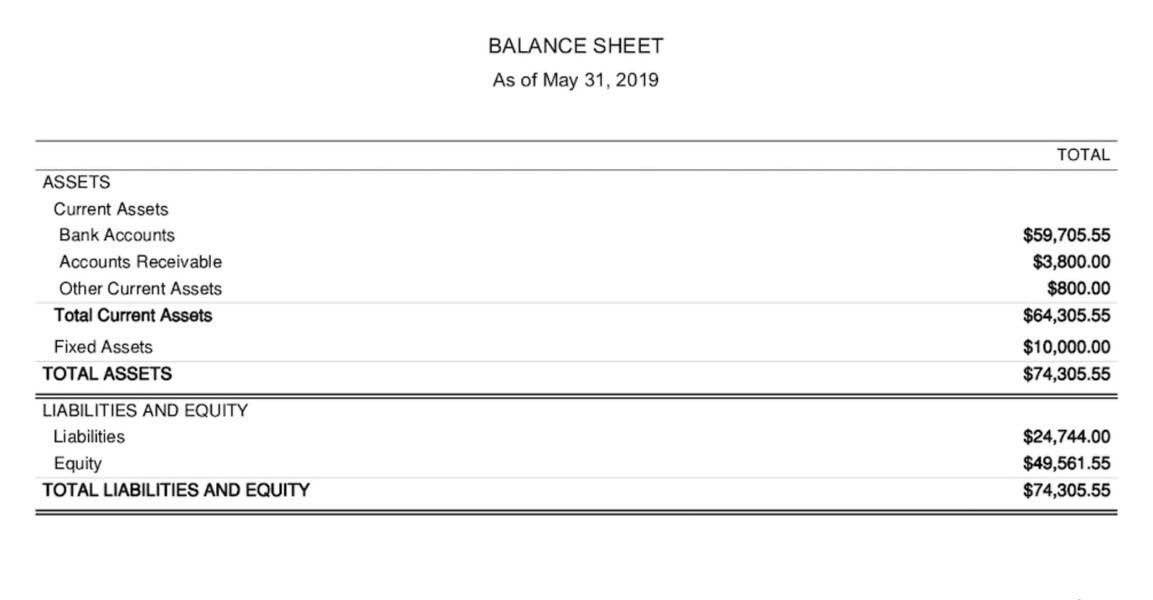This article looks at 10 strategies that construction and contracting companies can employ to improve their cash flows. A construction company may experience negative cash flow if it’s spending more money than it’s bringing in. This scenario can make it difficult for a business to pay its bills, which could construction cash flow lead to late payments and loss of clients, loss of subcontractors and vendors and loss of employees. If the business has any loans or additional financing, negative cash flow can cause banking defaults and penalties. Long-term negative cash flow can lead to a serious financial crisis for a business.
The developing future of construction payments
By evaluating known (and expected) expenses and known (and expected) revenues, companies can determine where they may have upcoming cash flow shortfalls. In response, companies may choose to use debt financing or adjust project timelines to ensure they have enough cash on hand to fulfill their obligations. Managing cash flow is difficult for any company, but construction cash flow problems are some of the worst.
Negotiate better payment terms
- Lien waivers and lien releases are completely different documents (even though they are often confused by the construction industry).
- You can’t tell your employees that you’ll have to delay their paychecks until your customers pay their bills.
- The Work In Progress (WIP) schedule is an accounting schedule that’s a component of a company’s balance sheet.
- Many construction businesses produce cash flow statements on a monthly, quarterly, and annual basis in order to get a sense of their current cash flow situation.
- By tracking ROI metrics such as supply, material and labor costs per contract, you can get a clear picture of profitability and supporting cash flow projections.
- Additionally, business credit cards can improve cash flow — and some even provide a 0% APR for a period of time so you aren’t paying interest for the first months.
It provides a snapshot of the firm’s liquidity, indicating its ability to meet short-term obligations. Monitoring the cash position is crucial for construction firms to ensure they have the liquidity necessary for daily operations and unexpected expenses. In the context of construction, cash flow data can come in many interpretations, including cash flow statements and cash position. One of the hardest parts of construction cash flow is that projects don’t always go to plan. As with most suppliers and manufacturers, the supply chain features many payment and cash flow bottlenecks. Obviously, you don’t know exactly what your expenses and income will look like in the next 12 months, so all these figures are estimates.

Pandemic Slowed Payments, Tanked Cash Flow in Construction: 2021 Report
- Cash position refers to the amount of cash that a company has on hand at any given moment.
- And you may even be able to write off the interest and other fees as business expenses.
- Where your construction company’s money comes from, and where it goes is called cash flow.
- It helps to prevent the contractor from loading the price at the start of the contract.
- Giving away all your cash to avoid interest payments doesn’t make sense when it comes to cash flow.
- This cyclical nature of cash flow is crucial to understand in construction project management because it directly impacts budgeting, financial planning, and resource allocation.
- The form of the progress payments is the flow of money from the owner to the relevant contractor.
The form of the progress payments is the flow of money from the owner to the relevant contractor. The percentage of the total contract completion or the actual field measurement of the placed quantities are the evaluations that work as bases to estimate them. Usually, the owner retains 10% from all validated progress payment that was submitted by the contractor. Moreover, the contractor receives all the accumulated retainage payments with the last payment. If you overbill a project, you’ll have an influx of cash up front, but nothing to cover expenses at the end of the project (when hidden costs tend to pop up). It is best to keep your billing as close to your costs as possible, so you will always bring in enough cash to cover your expenses.

Leverage cash flow projection reports.

Successful companies build an innovation-driven, improvement-oriented culture. Tracking relevant key performance indicators (KPI) can assist in decision-making, help you set strategic objectives, and allow you to evaluate your business processes in real-time. Tracking which jobs have positive cash flow and which jobs need more attention can help the bottom line. The payback period is the time duration that takes to cover the initial cost. In simple words, it is the situation that the cash out equals to cash in. If there is any cash requirement, the company has two options to solve that problem.

The lender will need to take a close look at your business’s financial documents to make sure you are profitable and will be able to deliver on the job. So managing cash flow ensures you can avoid https://www.bookstime.com/ late payments and prove to the banks that your financial situation is stable enough for them to lend to you. Of course, many businesses create a full set of financial statements only once a year.
So if you take out a loan, this would calculate into your financing cash flow. It’s important to understand how your team spends their time and effort to ensure deadlines are met. Carefully tracking performance and productivity can help you discern if you need to allocate additional resources to the job or take some away to increase efficiency and meet project goals.











